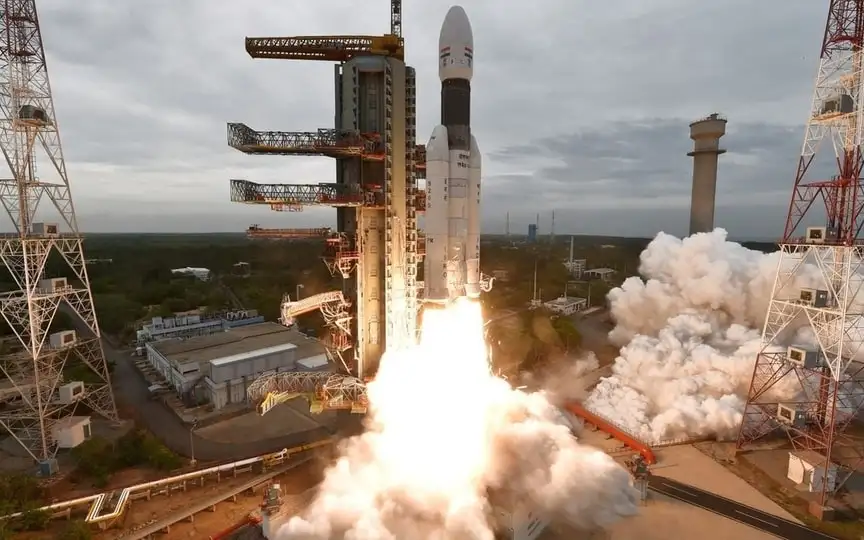ISRO’s Upcoming Project XPoSat to Follow Chandrayaan-3 Mission
India is preparing for yet another revolutionary space mission, building on the successes of the Chandrayaan-3 and Aditya L-1 missions. The Indian Space Research Organisation (ISRO) has gained significant confidence in their space endeavors following the triumphant launches of these two missions.
Now ISRO’s X-ray Polarimeter Satellite (XPoSat) has been put in the spotlight and promises to unlock the mysteries of the universe. XPoSat is India’s first polarimetry mission and only the second of its kind in the world, with NASA’s Imaging X-ray Polarimetry Explorer (IXPE) as its predecessor, launched in 2021.
We are now on WhatsApp. Click to join.
Polarimetry is basically a scientific technique used to study the movement of light waves. It provides insights into the direction and patterns of the oscillation of light waves as they travel through space.
XPoSat is scheduled to launch into space aboard the Polar Satellite Launch Vehicle (PSLV) in a few months. Once in orbit, it is expected to serve for at least five years.
XPoSat mission objectives
According to ISRO, the emission mechanisms of various astronomical sources such as black holes, neutron stars, active galactic nuclei and pulsar wind nebulae originate from complex physical processes and are difficult to understand. The complex processes have been elusive to scientists, and current space observatories struggle to obtain accurate data on these emissions. To overcome these challenges, advanced devices and technologies like XPoSat have been developed to shed light on these cosmic mysteries.
XPoSat carries two important scientific payloads in low Earth orbit. The primary payload, POLIX (polarimeter Instrument in X-rays), is designed to measure the polarization parameters (degree and angle) of X-rays from around 40 bright astronomical sources.
Another payload, XSPECT (X-ray Spectroscopy and Timing), complements the mission by providing essential information about how celestial bodies absorb and emit light. XSPECT closely observes various sources such as X-ray pulsars, black hole binaries and low magnetic field neutron stars, providing valuable spectroscopic insights into their behavior.
With its advanced payload and state-of-the-art technology, the XPoSat mission is poised to significantly advance the understanding of the cosmos, marking another milestone in ISRO’s space exploration journey.
One more thing! ReturnByte is now on WhatsApp channels! Follow us by clicking the link to never miss any updates from the world of technology. Click here to join now!




